Getting Started with Begonia Manaus
Welcome to the captivating world of Begonia Manaus! This stunning tropical gem, hailing from the humid rainforests of Brazil, will add a touch of vibrant greenery and captivating texture to your indoor haven. Begonia Manaus boasts round to ovate leaves adorned with a delightful blend of deep green and vibrant red, accentuated by prominent red hairs (trichomes) that shimmer like tiny jewels.
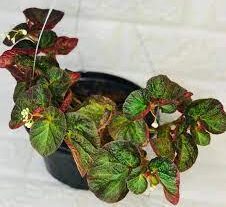
Beyond its captivating looks, Begonia Manaus offers several charms:
- Fast-growing nature: Witness your plant quickly fill its space with lush foliage.
- Adaptability: It thrives in bright, indirect light, making it an excellent choice for most indoor environments.
- High humidity lover: It harmonizes perfectly with other humidity-loving plants, creating a mini tropical oasis.
- Easy propagation: Share the joy by multiplying your Begonia through simple cutting techniques.
- Unique blooms: While foliage takes center stage, delicate pink flowers may occasionally grace your plant, adding an extra touch of delight.
Before diving into detailed care, let’s take a quick overview of what Begonia Manaus needs to flourish:
- Bright, indirect light: Too much direct sun can scorch its leaves, but low light will hinder growth.
- Moderate to high humidity: Aim for 50-70% humidity to keep its leaves happy and plump.
- Moist soil with good drainage: Avoid waterlogging, but keep the soil consistently moist.
- Moderate temperatures: 65-75°F (18-24°C) is ideal, with slight dips at night acceptable.
- Regular watering and occasional misting: Adjust watering based on your climate and pot size.
- Fertilizer for foliage plants: Apply diluted fertilizer during the growing season.
Growing Essentials: Lighting, Watering, and Soil Secrets
Unveiling the Secrets to a Thriving Begonia Manaus:
Now that you’re smitten with the charm of Begonia Manaus, let’s delve into the nitty-gritty of its care, starting with the trifecta of essential elements: light, water, and soil. Get ready to create the perfect environment for your leafy friend to flourish!
Basking in the Perfect Glow:
- Light it Up: Bright, indirect light is the key to vibrant foliage. East or north-facing windows, or a spot a few feet away from a south-facing window, are ideal. Too much direct sun can scorch the leaves, while low light will result in leggy growth.
- Rotate for Uniformity: Give your Begonia a slow quarter turn every week to ensure even growth and prevent lopsidedness.
Watering Wisdom:
- Moist, Not Soggy: Aim for consistently moist soil, but never muddy. Let the top inch of soil dry slightly before watering again. Overwatering can lead to root rot, while underwatering will cause wilting and stunted growth.
- Adjust with the Seasons: Water less frequently in winter when growth slows down, and increase watering during warmer months.
- Listen to the Leaves: Drooping leaves indicate underwatering, while curled leaves can signal overwatering. Adjust your watering schedule accordingly.
Soil for Happy Roots:
- The Drainage Dream Team: Good drainage is crucial. Choose a well-draining potting mix specifically formulated for foliage plants. Adding perlite or orchid bark to your mix can further improve drainage.
- Feeding for Foliage Fun: During the growing season (spring and summer), fertilize with a diluted liquid fertilizer for foliage plants once a month. Avoid fertilizing in winter when growth slows.
Bonus Tip: Misting the leaves regularly, especially during dry periods, can boost humidity levels and give your Begonia a refreshing drink.
By mastering these fundamentals of light, water, and soil, you’ll lay the foundation for a healthy and thriving Begonia Manaus. In the next section, we’ll unlock the secrets of propagation, allowing you to share the joy of this captivating plant with others!
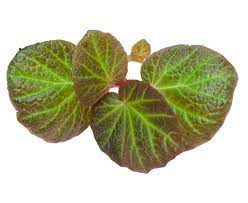
Propagation Mastery: Bringing New Life to Begonia Manaus
Let the vibrant tapestry of your Begonia Manaus expand by exploring the wonders of propagation! Sharing the beauty of this tropical gem brings immense joy, and thankfully, propagating Begonia Manaus is surprisingly easy. Gear up for some leafy magic, as we explore two delightful methods:
1. Leaf Cuttings:
- Snip with Confidence: Choose a healthy, mature leaf with prominent veins. Cut cleanly across the main vein at an angle, leaving around 2 inches of stem.
- Rooting Options: Place the leaf-cutting in either:
- Water: Fill a glass with lukewarm water and suspend the cutting, ensuring the stem node is submerged. Replace the water regularly and wait for roots to sprout (around 2-3 weeks).
- Moist soil: Make a small hole in a well-draining potting mix and gently insert the stem base. Keep the soil slightly moist and provide bright, indirect light.
- Baby Leaf Bonanza: Tiny plantlets may eventually sprout from the veins of the leaf-cutting. Once they develop small leaves and roots, carefully separate them and pot them up individually.
2. Stem Cuttings:
- Chop it Up: Select a healthy stem with at least 3-4 leaves. Make diagonal cuts just below a node, ensuring each cutting has at least 2-3 leaves.
- Planting Power: Dip the cut ends in rooting hormone (optional) and plant them in individual pots with the well-draining mix. Keep the soil moist and provide bright, indirect light.
- Rooting Roots: In around 2-3 weeks, new growth at the nodes will indicate successful rooting. Once established, gradually acclimate your cuttings to brighter light and regular watering.
Timing your Triumph:
For optimal success, propagate Begonia Manaus in spring or summer when growth is at its peak. Avoid propagating during winter when light and temperatures are lower.
Bonus Tip: Rooting hormone can increase your success rate, but it’s not essential. Keep the humidity high around your cuttings by covering them with a clear plastic bag or cloche, providing regular ventilation.
By embracing these easy-to-follow techniques, you’ll soon be witnessing the miracle of new Begonia Manaus plants springing to life, ready to bring more green joy to your space and to share with your fellow plant enthusiasts. In the next section, we’ll explore creative ways to showcase your leafy treasures and enhance their appeal!
Enhancing Your Begonia: Creative Potting and Seasonal Care
Unleash your inner interior designer and pamper your Begonia Manaus with seasonal TLC! This section will guide you through the art of showcasing your plant’s captivating form and ensuring its smooth transition through the year.
Pottery Paradise:
- Shape and Size Symphony: Choose a pot that complements your Begonia’s size and growth habit. A slightly larger pot allows for root expansion, while a well-draining material like terracotta prevents waterlogging.
- Color and Texture Harmony: Consider your existing décor and personal preference. Earthy tones like terracotta or dark green complement the Begonia’s natural beauty, while bolder colors can create a statement. Textured pots add visual interest.
- Drainage is Divine: Ensure your chosen pot has drainage holes. Opt for a saucer to catch excess water, but empty it regularly to avoid soggy roots.
Seasonal Shifts:
- Spring Awakening: Increase watering as growth accelerates. Resume fertilizing with diluted foliage fertilizer once a month. Gradually introduce brighter light if your plant is kept in lower light during winter.
- Summer Sun Kissed: Mist the leaves regularly and consider increasing humidity levels if your climate is dry. Keep an eye on soil moisture and adjust watering accordingly. Enjoy any delicate blooms that may appear!
- Autumnal Adaptations: Reduce watering and fertilizing as growth slows down. Move your Begonia away from drafty windows or doors.
- Winter Wonderland: Provide slightly lower light (bright, indirect is still ideal) and maintain consistent temperatures. Water less frequently to avoid overwatering. Don’t be surprised if growth slows or blooms don’t appear.
Bonus Tip: Elevate your Begonia’s display by grouping it with other humidity-loving plants like ferns or prayer plants. Create a miniature tropical oasis in your home!
By embracing these creative and seasonal considerations, you’ll not only showcase your Begonia’s captivating beauty but also ensure its healthy growth throughout the year. In the next section, we’ll delve into the diverse world of Begonia varieties and unveil the fascinating cultural significance of this enchanting plant.
Exploring the Begonia World: Varieties and Symbolism
Beyond Begonia Manaus: A Universe of Leafy Delights Awaits
While Begonia Manaus has stolen your heart, prepare to be captivated by the sheer diversity of the Begonia genus! Over 2,000 known species offer a kaleidoscope of forms, textures, and colors, each boasting unique charms to enrich your indoor haven. Let’s embark on a voyage through the remarkable world of Begonia varieties:
A Feast for the Eyes:
- Rex Begonias: Renowned for their stunning foliage, these kings of Begonias flaunt vibrantly patterned leaves in shades of green, silver, burgundy, and pink. From ripples and speckles to veins that glow like stained glass, Rex Begonias offers an artistic feast for the eyes.
- Angel-wing Begonias: These graceful giants boast large, glossy leaves that cascade downwards like emerald waterfalls. They come in vibrant green, bronze, and even variegated forms, adding a touch of elegance and drama to any space.
- Tuberous Begonias: A summer spectacle, these beauties produce large, showy blooms in a rainbow of colors like rose, orange, white, and yellow. Double blooms and ruffled petals add a touch of whimsy, making them perfect for brightening balconies and patios.
Beyond the Look:
While visual appeal reigns supreme, the Begonia world holds deeper significance. In the Victorian flower language, Begonias symbolized affection, charm, and good luck. They were often gifted to express sincere feelings and positive wishes.
Begonia in Pop Culture:
These captivating plants haven’t escaped the limelight! Begonias have graced the pages of literature, adorned royal gardens, and even inspired artists with their unique beauty. Explore their fascinating cultural journey and discover how they’ve woven themselves into the tapestry of human history.
Bonus Tip: Research regional Begonias! You might uncover hidden treasures native to your area, adding a touch of local flair to your plant collection.
This glimpse into the diverse world of Begonia varieties and their rich cultural tapestry paves the way for further exploration. In the next section, we’ll delve into the practical realm, equipping you with knowledge on common pests, diseases, and ideal companion plants for your Begonia Manaus.
Beyond the Basics: Pests, Diseases, and Harmonious Companions
While Begonia Manaus is generally a resilient plant, knowing how to identify and manage potential threats will ensure its continued health and vibrancy. So, let’s arm ourselves with knowledge and create a haven where your leafy friend can thrive undisturbed.
Pest Patrol:
- Mealybugs: These cottony white insects suck plant sap, causing yellowing and leaf drop. Look for their telltale white masses on stems and leaves. Neem oil sprays or insecticidal soap can be effective.
- Thrips: Tiny, flying insects that leave silvery streaks and distorted leaves in their wake. Insecticidal soap or a horticultural oil spray can help control them.
- Fungus gnats: These tiny flies hover around the soil, indicating the presence of fungus gnats. Yellow sticky traps and treating the soil with a neem oil solution can keep them at bay.
Disease Defense:
- Powdery mildew: This white, powdery fungal growth thrives in humid conditions. Improve air circulation and treat with a fungicide spray if necessary.
- Botrytis: This grey mold typically affects leaves and blooms in humid, poorly ventilated environments. Remove affected parts and improve air circulation.
- Bacterial leaf spot: Watery spots with yellow rings indicate this bacterial infection. Isolate the plant and treat with a copper fungicide.
Companion Planting Harmony:
- Ferns: Both Begonias and ferns thrive in similar conditions and appreciate high humidity. Ferns can also help filter the air, creating a healthier environment for your Begonia.
- Prayer plants: These tropical beauties share Begonia Manaus’ love for humidity and indirect light. Their vibrant foliage creates a visually stunning and harmonious duo.
- African violets: These cheerful bloomers add a pop of color to the scene while thriving in similar conditions. Just ensure they have their own pots with good drainage.
Bonus Tip: Regularly inspect your Begonia for signs of pests or diseases. Early detection and prompt action can prevent serious damage and maintain its healthy growth.
By staying vigilant against potential threats and choosing compatible companions, you’ll create a safe and enriching haven for your Begonia Manaus. In the next section, we’ll address frequently asked questions, ensuring you have all the information needed to successfully care for this captivating tropical gem.
Practical Knowledge: Your Begonia Manaus FAQ
Ready to dive into the practicalities of Begonia Manaus care? This section tackles frequently asked questions, transforming you into a confident caregiver for your leafy friend. Let’s unlock the secrets to maintaining a thriving Begonia!
Beginner-Friendly?
Absolutely! Begonia Manaus is relatively easy to care for, making it a perfect choice for plant newbies. Its adaptability and forgiving nature make it a low-maintenance delight.
Fertilizing Frequency:
During the growing season (spring and summer), fertilize once a month with a diluted liquid fertilizer for foliage plants. Stop fertilizing in winter when growth slows down.
Sunlight Tolerance:
Begonia Manaus thrives in bright, indirect light. Too much direct sun can scorch its leaves, while low light will lead to leggy growth. East or north-facing windows, or a spot a few feet away from a south-facing window, are ideal.
Pest & Disease Woes:
Common pests include mealybugs, thrips, and fungus gnats. Neem oil sprays, insecticidal soap, and yellow sticky traps can be effective deterrents. Powdery mildew, botrytis, and bacterial leaf spot are potential diseases. Good air circulation, fungicide sprays, and isolation can help manage them.
Propagation Tricks:
Leaf cuttings and stem cuttings are both reliable methods for propagating Begonia Manaus. Spring and summer offer optimal conditions for successful propagation.
Outdoor Adventures:
While Begonia Manaus prefers controlled indoor environments, it can tolerate being outdoors in sheltered locations with bright, indirect light and consistent temperatures. Ensure adequate protection from strong winds and direct sun. Bring it indoors when temperatures drop below 50°F (10°C).
Bonus Tip: Research local nurseries or online suppliers for unique Begonia Manaus varieties that might tickle your fancy! Expand your leafy collection and bask in the diversity this genus offers.
Remember, the key to success is observation and proactiveness. Regularly check your Begonia for signs of stress, adjust your care based on your climate and individual plant’s needs, and don’t hesitate to seek further information if you encounter any challenges. With a little dedication and these helpful tips, you’ll witness your Begonia Manaus flourish, adding lush greenery and vibrant charm to your space!
By addressing these common concerns and offering additional insights, this FAQ section empowers you to confidently navigate Begonia Manaus care. With your newfound knowledge and enthusiasm, you’re well on your way to nurturing a thriving tropical oasis in your home, where your Begonia Manaus can continue to steal the show!
Conclusion: Unleashing the Begonia Manaus Magic
Congratulations! You’ve reached the culmination of your journey into the wondrous world of Begonia Manaus. By delving into its vibrant leaves, captivating characteristics, and essential care requirements, you’re now equipped to unleash the full potential of this tropical treasure in your own haven.
Remember, Begonia Manaus is more than just a stunning piece of décor; it’s a living being that thrives on your care and attention. Observing its needs, celebrating its leafy milestones, and adapting your care routine to its preferences will forge a beautiful connection between you and your plant. Witnessing its lush growth, basking in the occasional delicate bloom, and propagating its beauty to share with others are just a few of the joys that await you.
As you nurture your Begonia Manaus, allow its vibrant presence to enhance your daily life. Its verdant tapestry will bring calming vibes and a touch of the tropics to your space, while its journey of growth will serve as a constant reminder of the transformative power of care and dedication.
The world of Begonia Manaus is an ever-evolving adventure. Continue exploring its diverse varieties, delve deeper into its cultural significance, and experiment with creative potting and companion planting techniques. Embrace the joy of learning, the thrill of discovery, and the satisfaction of cultivating a thriving indoor oasis.
So, step back, admire the captivating canvas your Begonia Manaus paints before you, and let the journey continue. Your leafy friend eagerly awaits your next interaction, your next touch of gentle care, and your unwavering presence as its steward in this shared world of vibrant green magic.
Bonus Tip: Share your Begonia Manaus journey! Post pictures on social media, discuss care tips with fellow plant enthusiasts, and inspire others to embrace the beauty and joy of nurturing these captivating tropical gems. Together, we can create a community where the love for Begonias blossoms and thrives, just like your very own Begonia Manaus.
This concluding section serves as a final flourish, encapsulating the essence of Begonia Manaus care and encouraging continued exploration and engagement. By embracing the transformative power of this plant and sharing your passion, you become an active participant in a vibrant community of plant lovers, cultivating not just a thriving Begonia, but also a sense of connection and joy that extends far beyond the leaves.

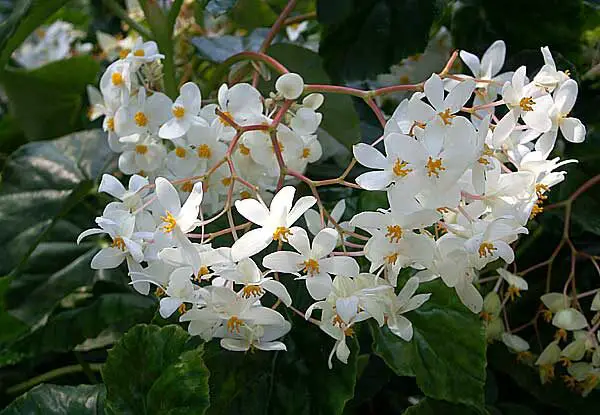
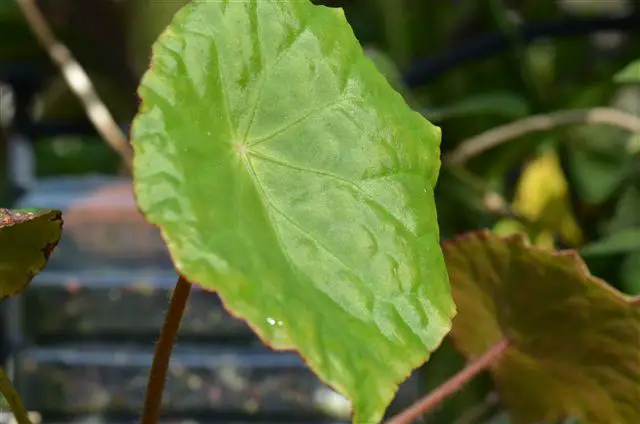
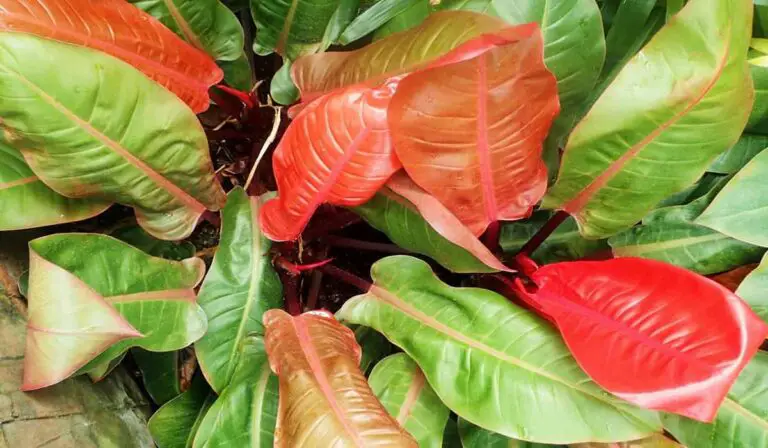
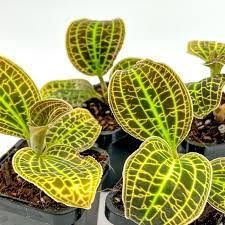
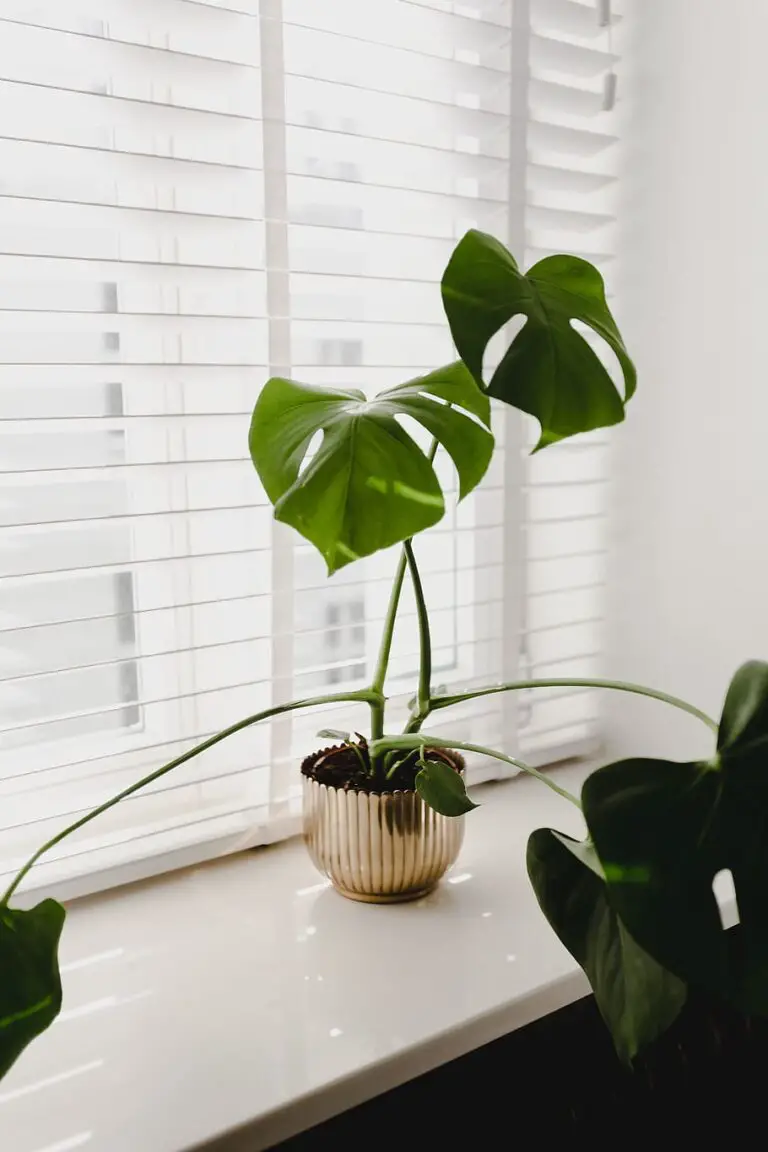


I don’t think the title of your article matches the content lol. Just kidding, mainly because I had some doubts after reading the article.
Thanks for comment. I’ll make an effort to improve. Could you provide me with guidance on any unclear aspects of this article?